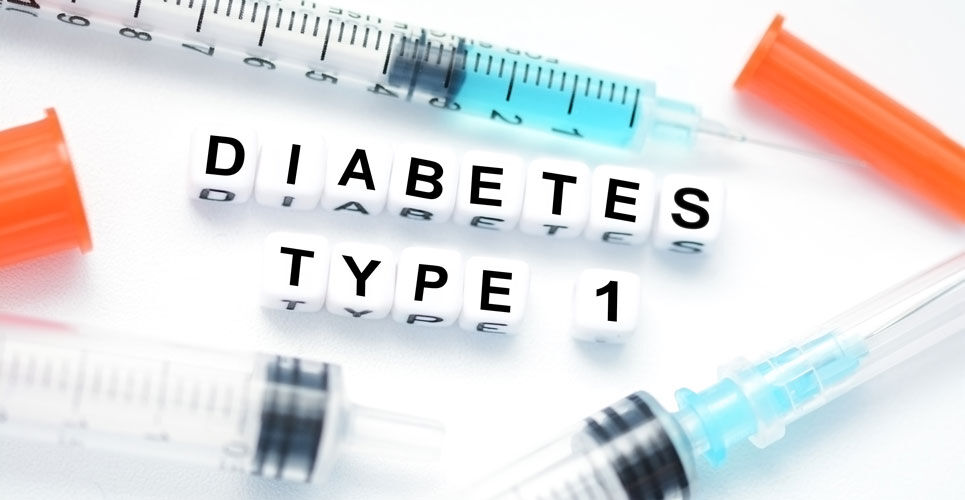Findings from an RCT suggest that verapamil use in adolescents recently diagnosed with type 1 diabetes halts decline in beta cell function
The results of a randomised, placebo-controlled trial suggest that use of verapamil in adolescents recently diagnosed with type 1 diabetes (T1D), preserves beta cell function over 52 significantly more than placebo and could represent a new treatment paradigm for the disease.
Type 1 diabetes is an autoimmune disorder resulting in the destruction of insulin-producing beta cells in the pancreas. Among patients with T1D, measurement of connecting peptide (C-peptide) which is co-secreted with insulin from the islets of Langerhans cells, allows for an evaluation of the amount of remaining beta cell secretion of insulin. One recently identified therapeutic target is thioredoxin-interacting protein which is elevated in diabetes and over-expression of the protein leads to beta-cell apoptosis. Moreover, it has been found that verapamil can inhibit thioredoxin-interacting protein, thereby enhancing beta cell function and could serve as a means of preventing diabetes. In fact, a 2018 study with 26 T1D patients, observed that use of verapamil improved the area under the curve (AUC) for C-peptide after 3 and 12 months.
In the current study, researchers randomised adolescents recently diagnosed (within 24 days) with T1D, 1:1 to either 60 or 120 mg/day (depending on the participant’s weight) of verapamil or placebo as part of study in which subjects also received either intensive diabetes management or standard care. The primary outcome was set as the AUC values for C-peptide stimulated by a mixed-meal tolerance test, 52 weeks from their date of diabetes diagnosis.
Verapamil and changes in C-peptide area under the curve
A total of 88 participants with a mean age of 12.7 years (41% female) were randomised to either verapamil (47) or placebo.
The mean baseline C-peptide AUC for the verapamil group was 0.66 pmol/mL and 0.65 pmol/mL at 52 weeks. In contrast, in the placebo group C-peptide AUC reduced from 0.60 pmol/mL to 0.44 pmol/mL (adjusted between-group difference = 0.14, 95% CI 0.01 – 0.27, p = 0.04), which equated to a 30% higher C-peptide level at 12 months in the verapamil group.
The authors concluded that use of verapamil was able to partly preserve stimulated C-peptide secretion at 52 weeks and called for further longitudinal studies to confirm the durability of this response and the optimal length of treatment.
Citation
Forlenza GP et al. Effect of Verapamil on Pancreatic Beta Cell Function in Newly Diagnosed Pediatric Type 1 Diabetes: A Randomized Clinical Trial. JAMA 2023

